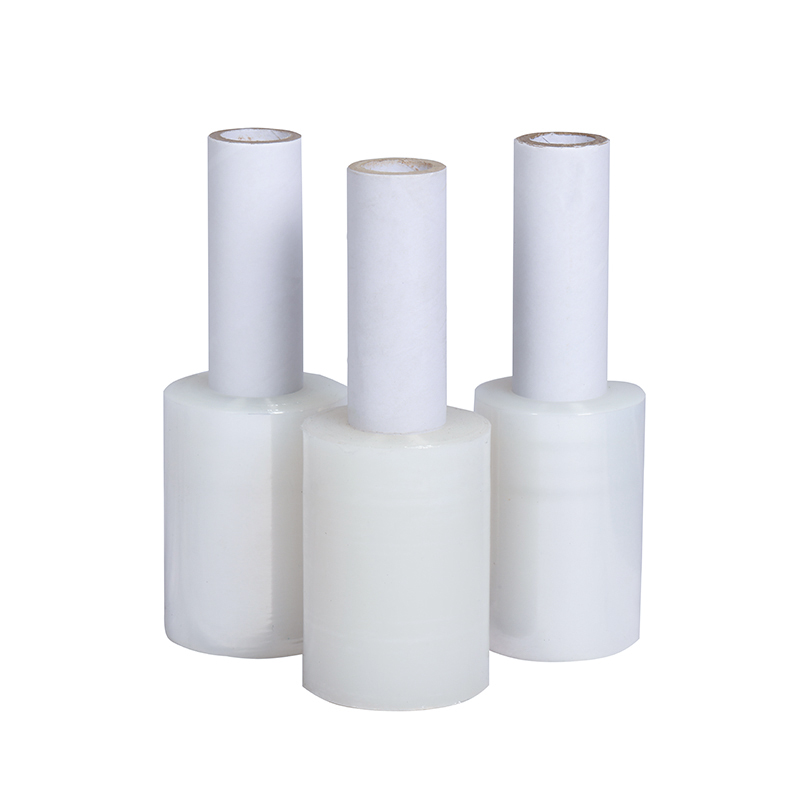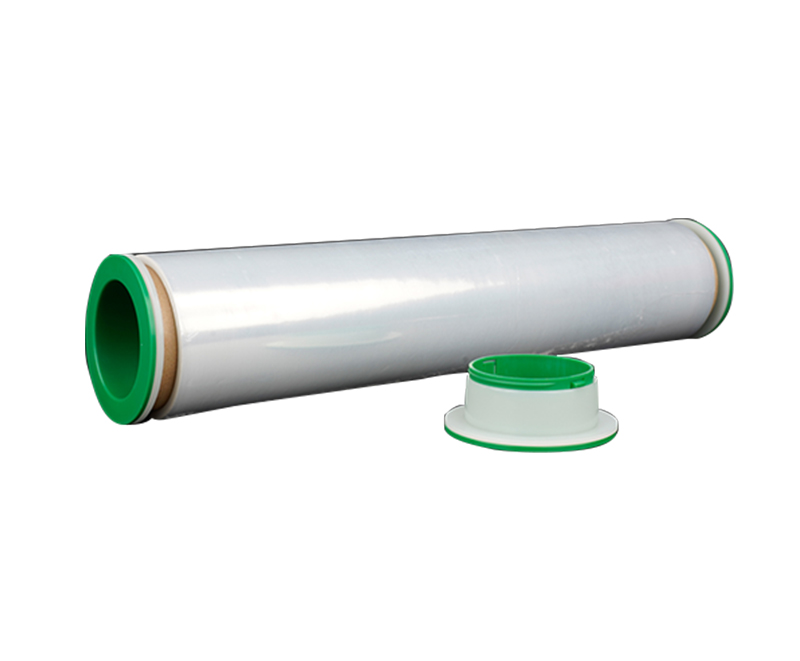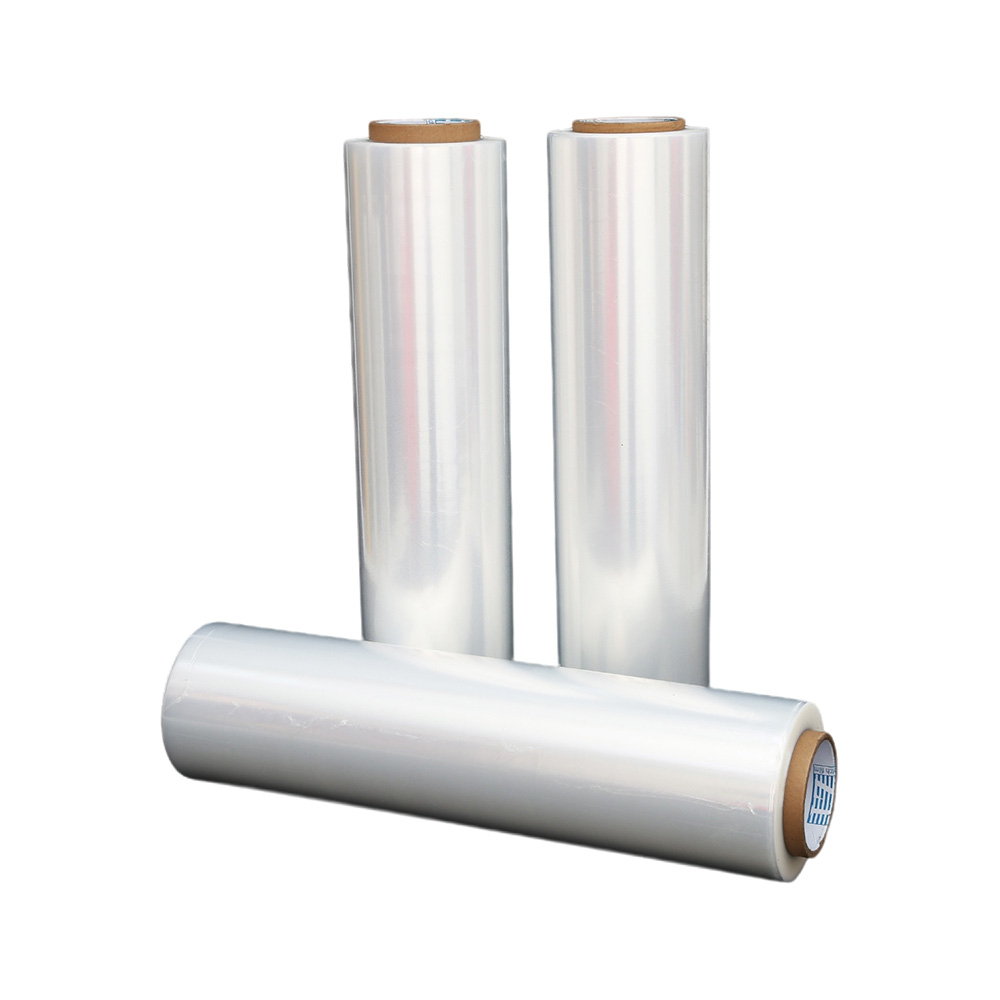Aluminum Foil: Hot Wraps or Cold Storage? Best Uses Explaine
Source:Aluminum Foil: Hot Wraps or Cold Storage? Best Uses ExplaineTime:2025-03-12Visitors:
When it comes to food preservation and packaging, aluminum foil is a kitchen staple trusted by households and industries alike. But a common question arises: Is aluminum foil better suited for hot wraps or cold storage? At Dongguan Zhiteng Plastic Product Co., Ltd., we’ve spent years exploring packaging solutions, and while our expertise lies in stretch films, we understand the broader needs of effective packaging materials. In this guide, we’ll dive into the properties of aluminum foil, compare its performance in hot and cold scenarios, and help you decide which application suits your needs best—all backed by practical insights and science.
What Makes Aluminum Foil a Versatile Packaging Material?
Aluminum foil is celebrated for its unique combination of properties that make it a go-to choice for various applications. Its key features include:
- Heat Conductivity: Aluminum conducts heat efficiently, making it ideal for cooking and wrapping hot foods.
- Moisture and Air Barrier: It’s impermeable to moisture, oxygen, and light, protecting food from spoilage.
- Flexibility: Easily molded around any shape, it ensures a snug fit for wrapping.
- Durability: Resistant to punctures and tears, it holds up under diverse conditions.
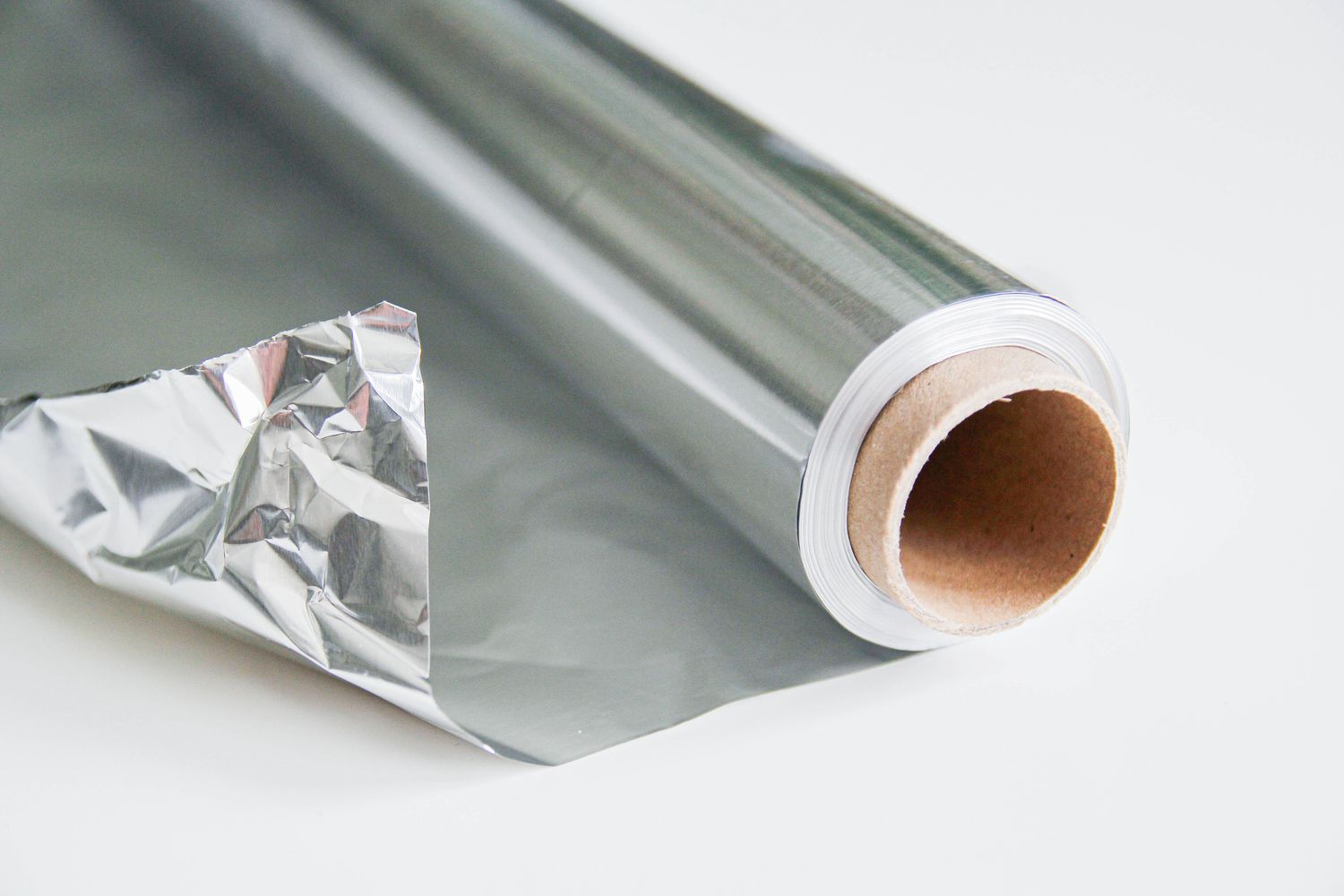
These qualities position aluminum foil as a contender for both hot wraps and cold storage, but its effectiveness depends on how you use it. Let’s break it down.
Aluminum Foil for Hot Wraps: Strengths and Considerations
Why It Works for Hot Foods
Aluminum foil excels at trapping heat, making it a favorite for wrapping hot meals like baked potatoes, grilled meats, or takeout dishes. Its heat conductivity ensures even distribution, keeping food warm longer. Additionally, its ability to withstand high temperatures—up to 660°C (1220°F) before melting—makes it safe for ovens and grills.
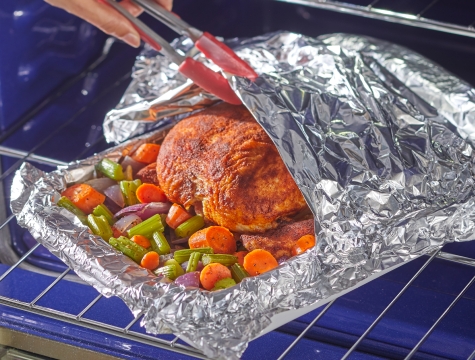
Practical Uses
- Cooking: Wrap vegetables or fish to steam them in their own juices.
- Insulation: Keep leftovers warm during transport.
- Grilling: Protect delicate foods from direct flames.
Things to Watch Out For
While excellent for heat, aluminum foil has limitations. Acidic foods (like tomatoes or citrus) can react with the foil, causing a metallic taste or even minor leaching of aluminum into the food. To avoid this, consider a layer of parchment paper between the food and foil. Also, avoid using foil in microwaves unless labeled as microwave-safe, as it can spark.
Aluminum Foil for Cold Storage: How It Performs
Advantages in Refrigeration
For cold storage, aluminum foil shines as a barrier against air and moisture—two culprits of freezer burn. Wrapping meats, cheeses, or baked goods tightly in foil prevents ice crystal formation and preserves texture and flavor. Its light-blocking property also shields food from UV degradation, a bonus for long-term storage.
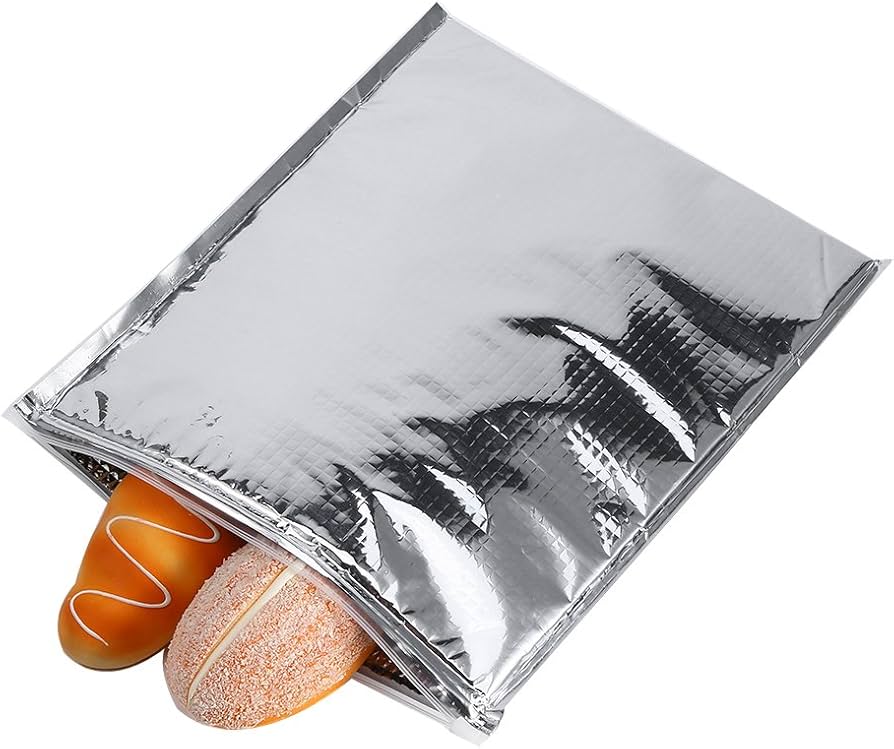
Best Applications
- Freezing Meats: Locks in freshness for months.
- Storing Leftovers: Keeps refrigerated items from drying out.
- Bulk Storage: Ideal for wrapping large batches before freezing.
Potential Drawbacks
Foil isn’t perfect for every cold storage need. It’s not as flexible as plastic wrap when sealing irregular shapes, and it can tear if not handled carefully. For liquids or semi-liquids (like sauces), a container paired with foil as a lid works better than foil alone. Also, unlike resealable bags, foil isn’t reusable once cut, which may matter for eco-conscious users.
Hot Wraps vs. Cold Storage: A Side-by-Side Comparison
To help you choose, here’s a quick comparison of aluminum foil’s performance in both scenarios:
Both applications leverage foil’s core strengths, but your choice depends on the food type and storage duration.
Tips for Maximizing Aluminum Foil’s Effectiveness
For Hot Wraps
- Double Wrap: Use two layers for extra insulation with steaming-hot items.
- Shiny Side In: While the shiny vs. dull side debate is largely myth, placing the shiny side toward the food can reflect heat inward slightly better.
- Seal Tight: Crimp edges to trap steam and heat.
For Cold Storage
- Pre-Freeze: Chill food before wrapping to reduce condensation inside the foil.
- Label It: Use a marker to note contents and dates—foil isn’t transparent!
- Pair with Other Materials: Combine with plastic wrap for added protection against freezer burn.
Environmental and Practical Considerations
Aluminum foil is recyclable, which gives it an edge over some single-use plastics. However, its production is energy-intensive, so reusing it where possible (e.g., as a tray liner after wrapping) balances its environmental footprint. For users prioritizing sustainability, pairing foil with biodegradable options can enhance its eco-friendliness—an area we at Zhiteng explore with our own eco-conscious stretch film solutions.
Which Is Aluminum Foil Best Suited For?
So, hot wraps or cold storage? The answer isn’t one-size-fits-all—it hinges on your specific needs:
- Choose Hot Wraps if you need to keep food warm, cook efficiently, or transport meals fresh from the oven.
- Opt for Cold Storage if your goal is long-term preservation, especially for solid foods like meats or baked goods.
In practice, aluminum foil is a jack-of-all-trades. Its versatility makes it a worthy companion in any kitchen or packaging setup, whether you’re sealing in heat or locking out frost.
Conclusion: Packaging Wisdom from Zhiteng
Aluminum foil’s adaptability for both hot wraps and cold storage underscores its value as a packaging material. While it’s not our core product, understanding its applications aligns with our mission at Dongguan Zhiteng Plastic Product Co., Ltd. As a professional manufacturer of stretch films, we prioritize quality, versatility, and customer-focused solutions—values that resonate with effective packaging choices like foil. Whether you’re wrapping a sizzling roast or freezing a batch of cookies, pairing foil with complementary materials like our high-strength stretch films can elevate your storage game. For more insights or packaging needs, explore our offerings at www.dgzhiteng.cn—we’re here to help you pack smarter.Recommended Products
Ranked in the same article
- how to use the stretch film technology to r
- How can we get detailed price list?
- Five common quality problems of PE protecti
- Plastic film degradation
- How to guarantee punctual shipment for our
- Gauge to Micron and Millimetre Conversion G
- What is the difference between stretch film
- Testing the permeability of stretch film
- Stretch film temperature requirements
- Electrical wire film VS electrostatic film
- Why insufficient transparency of stretch w
Latest news articles
- The use of pe stretch film
- The Influence of Stretch Film Thickness on
- What Is Red Stretch Film and What Are Its B
- PE stretch film how to cut?
- Factors That Affect the Stretching Function
- What Is the Difference Between Shrink Wrap
- PE vs PVC Stretch Film: A Comprehensive Gui
- What is Stretch Film Used For?
- Testing the permeability of stretch film
- Exploring the Versatility of PE Stretch Fil
- Stretch Film Wrap: Exploring Its Advantages

